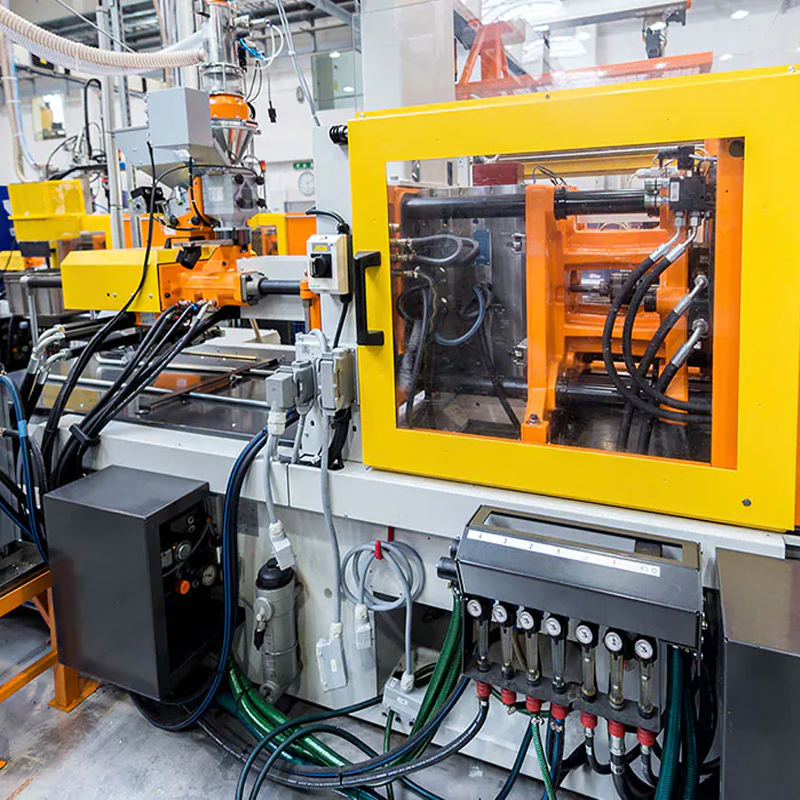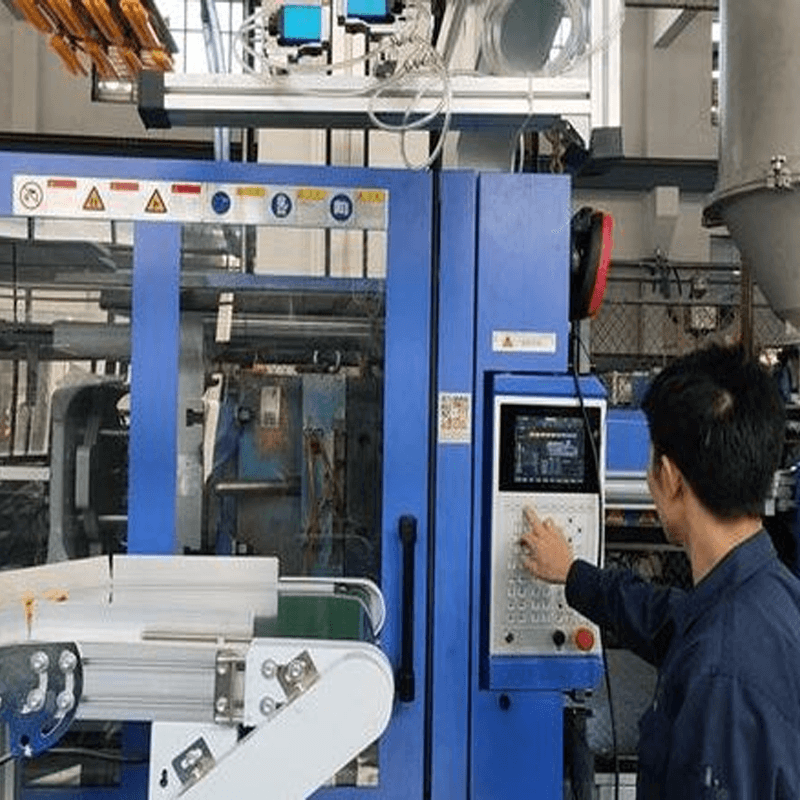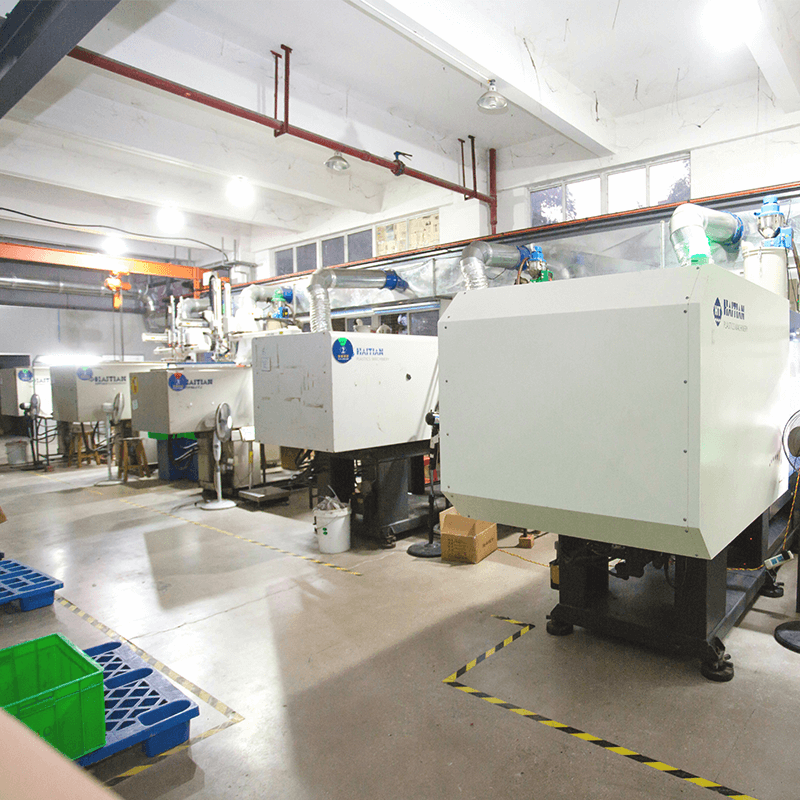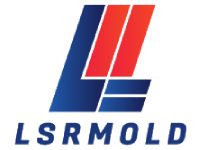Plastic injection molding has long been a cornerstone of modern manufacturing, providing an efficient, versatile, and cost-effective solution for producing high-precision plastic parts. It is widely used across industries ranging from automotive to electronics and consumer goods. However, despite its many advantages, the cost of plastic injection molding can sometimes be a concern for manufacturers. In this article, we’ll explore the key factors that influence the cost of plastic injection molding and discuss strategies to reduce these expenses while maintaining product quality and production efficiency.
Major Cost Drivers in Plastic Injection Molding
The cost structure of plastic injection molding is influenced by a variety of factors, which can vary significantly depending on the complexity of the project and the materials used. Here are some of the most significant cost drivers:
-
Molding Tool Investment:
One of the most substantial upfront costs in plastic injection molding is the creation of the mold itself. Mold design and manufacturing require specialized machinery and expertise. Tools are often fabricated using methods such as CNC machining, Electrical Discharge Machining (EDM), or 3D printing.
- CNC Machining: This method is highly accurate and suitable for producing durable steel or aluminum molds, but it can be expensive due to the precision required.
- EDM: Ideal for intricate and complex mold designs, EDM uses electrical discharges to erode material and create detailed mold cavities, often at a higher cost but with superior precision.
- 3D Printing: As an emerging method for mold creation, 3D printing offers quicker turnaround times and reduced costs, especially for low-volume production. However, the dimensional limitations and potential for shrinkage in 3D printed molds can be factors to consider.
While the mold is a one-time investment, its cost can significantly impact the overall pricing of injection molded parts, particularly in the early stages of production.

-
Equipment Costs:
The type of injection molding machine used is another major determinant of overall costs. The price of equipment can vary depending on its size, functionality, and the technology it employs. The three primary types of injection molding machines are:
- Electric Injection Molding Machines: These machines are energy-efficient and highly precise, though they come with a higher initial investment. Their reduced operational costs make them an attractive choice for long-term production.
- Hydraulic Injection Molding Machines: Typically less expensive to purchase than electric machines, hydraulic machines are robust and reliable but consume more energy, leading to higher operational costs.
- Hybrid Injection Molding Machines: Combining the advantages of both electric and hydraulic machines, hybrid machines offer a balance of energy efficiency and precision, though they may come at a slightly higher cost than purely hydraulic options.
Choosing the right equipment depends on the specifics of the project, including production volume, material requirements, and budget.
-
Material Costs:
The selection of plastic resins plays a crucial role in determining the cost of injection molding. Common resins used in the process include ABS, polycarbonate (PC), polyethylene (PE), and polyurethane (PU). The cost of materials can vary significantly depending on their properties, availability, and market conditions. For instance:
- High-performance resins(like polycarbonate) tend to be more expensive due to their superior mechanical properties, heat resistance, and chemical stability.
- Standard materials(such as ABS or PE) are more affordable and can still offer high-quality results, making them a popular choice for many applications.
Additionally, the quantity of material required and the part’s design complexity can further impact material costs. High-volume production tends to reduce the per-unit cost of materials, making it a cost-effective solution for large-scale runs.

-
Part Complexity and Mold Design:
The complexity of the part design is a key factor in determining mold costs. Intricate designs with fine details, tight tolerances, or multiple features often require more complex molds, which can increase both production time and costs. Costs can also rise when additional post-molding processes such as surface finishing, blasting, or polishing are needed to achieve the desired final product.
-
Labor and Operational Costs:
While automation has helped reduce labor costs in injection molding, there are still significant costs associated with machine setup, maintenance, and operation. Labor costs are involved in every phase, from installing molds to monitoring the molding process and performing routine maintenance. Even though the actual molding process may be automated, labor still plays a critical role in ensuring smooth operations and quality control.
Strategies to Optimize Plastic Injection Molding Costs
While the factors listed above can drive up costs, there are several strategies manufacturers can implement to reduce expenses while still achieving high-quality results. Let’s explore some of the most effective cost-saving approaches:
-
Design for Manufacturability (DFM):
DFM analysis is a critical tool for reducing molding costs early in the design phase. By collaborating with engineers to design parts that are easier to mold, manufacturers can minimize material waste, reduce mold complexity, and lower production costs. DFM focuses on creating designs that are cost-efficient to produce, ensuring that the final product meets both performance requirements and budget constraints.
-
Simplify Part Design:
Simplifying the design of the part itself can have a significant impact on the cost of injection molding. Reducing the number of features, minimizing the use of specialized molds, and avoiding complex geometries can help lower mold fabrication costs. For example, using a simpler design that doesn’t require intricate mold cavities can lead to significant savings. Additionally, using universal molds that can be applied to multiple parts can further reduce costs.

-
Optimize Material Selection:
Choosing the right material is one of the most straightforward ways to control costs. Standard materials such as ABS or polypropylene are more affordable compared to specialized resins, making them ideal for applications where performance can be maintained without requiring premium materials.
Additionally, using insert molding can lower costs when metal parts need to be embedded in the plastic, as it eliminates the need for additional steps like threading or gluing. Insert molding also reduces the amount of plastic required and can streamline the production process.
-
Reduce the Number of Mold Cavities:
Molds with more cavities allow for the production of multiple parts in one cycle, but they come with higher initial costs. Reducing the number of cavities in a mold can lower upfront expenses. Moldflow analysis can be particularly helpful in this regard, as it helps identify areas where the mold can be optimized, potentially reducing the need for excess cavities without sacrificing part quality.
-
Use Self-Mating Parts:
Self-mating parts are designed to fit together without the need for additional fasteners or assembly processes. By simplifying the part assembly, manufacturers can reduce the complexity of mold designs and speed up the production process, ultimately lowering overall costs.

Conclusion
While plastic injection molding offers exceptional versatility and precision, the costs associated with the process can be a significant factor in project planning. By carefully evaluating the key cost drivers—such as mold design, equipment selection, material choices, and labor costs—and implementing strategies like DFM analysis, material optimization, and simplified part designs, manufacturers can effectively reduce the cost of production.
At LSRmold, we specialize in providing cost-effective injection molding solutions without compromising on quality. Whether you’re looking to optimize your part designs or choose the best materials for your project, our team of experts is here to help. Contact us today to learn how we can streamline your production process and help you achieve the best results at the most competitive prices. Let’s work together to make your project a success!

